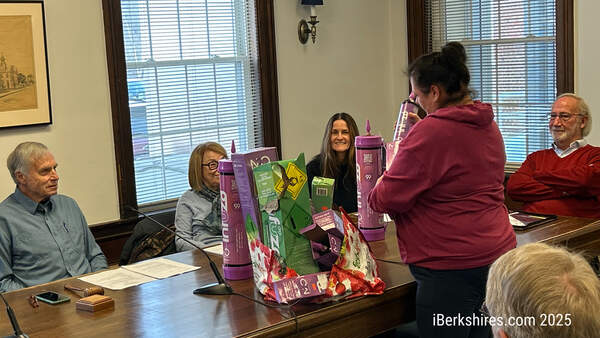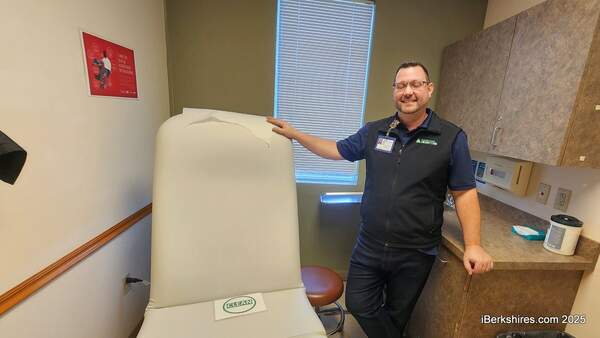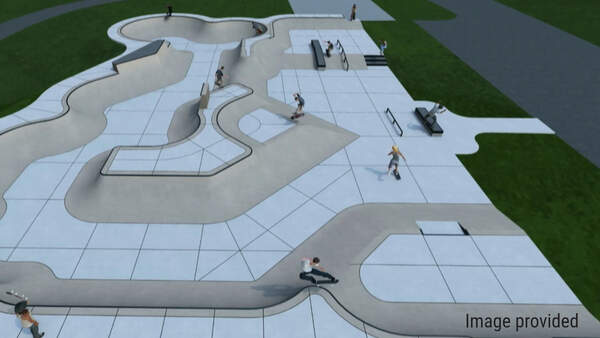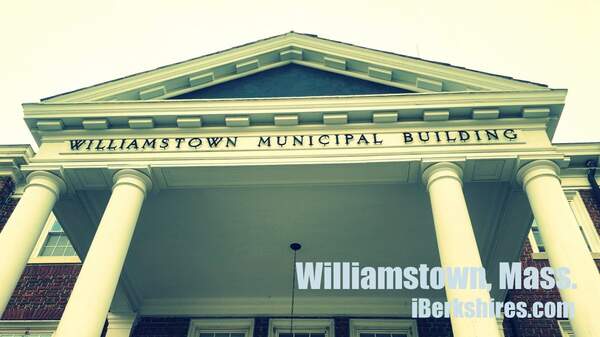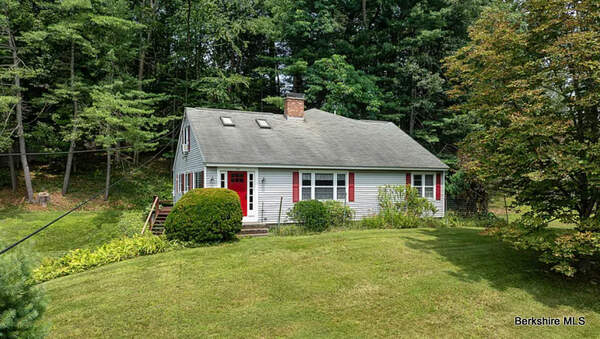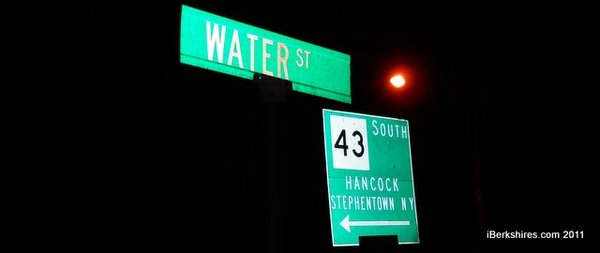
Williamstown Debates New Residential Homes On Water Street
 The northern part of Water Street is clearly commercial but farther along it seems more residential. The Planning Board is trying to pinpoint where that changes. |
The Planning Board continued talking on Tuesday about changing zoning bylaws on the street that attracts both residential and commercial properties.
The street was envisioned as a commercial extension and growth of Spring Street but it has yet to attract the market. Realtors are having difficulty finding prospective businesses but are finding home buyers.
"When I was down there I couldn't believe what kind of opportunities that we are missing out on. I can't think of a more dysfunctional part of town," Planning Board Chairman Pat Dunlavey said. "I don't see us getting a big, dense commercial district down there."
Water Street seemed to be the prime location for business growth being located on a state road, Route 43, that intersects with another well-traveled state road, Route 2. It is close to Spring Street and Williams College but the structures are mostly family homes.
The current bylaws force buildings on that street to be commercial on the first floor and the board is debating allowing residential properties on the street.
The vacant buildings are not being filled by businesses and the Planning Board is skeptical that by allowing residential use, the town will lose out on future businesses. But the market could change and drive more business interest in the area.
The board is unsure if the Cable Mills development will create that change in the market. If the mill does well, it could attract other businesses, a reason the board wants to avoid making the street strickly residential.
"I honestly don't see how Cable Mills taking off like a rocket will dramatically change anything," Dunlavey said. "Being able to do both makes the most sense."
The former Plum Gallery at 112 Water St. is an example of a business that has been for sale for years and has only received interest from buyers looking for residential homes.
The board is also fearful that the buildings will be transformed into student housing and become an eyesore because of a lack of upkeep.
"We want to have a thriving commercial area but we don't want empty buildings," Planning Board member Ann McCallum said.
|
"The top end is the most intact piece of commercial. It looks commercial. It is commercial," McCallum said.
The board agreed that the south end of the street should be residential and the north end should be commercial but the middle is under debate.
Drawing the line just south of the town garage was discussed as a location because any farther north would require other bylaw changes, and the board does not want to make a decision without talking to the landowners first. The board will send out notices to Water Street business owners and residents as well as local Realtors to seek input.
The board will need to make a conclusion by the end of February in order to put the proposed changes to vote at town meeting.


